Architecture photography has much in common with landscape photography.
It’s meant to capture the grand essence of some of humanity's most ambitious projects, and thanks to the mysterious serenity it can depict, it has invited many photographers into trying to develop their style within this fantastic genre.
Just like landscape photography, architecture photography demands patience and a high level of aesthetic skill.
For some reason, human beings have a thing for our creations, and throughout history, buildings have been interesting subjects for many photographers. Some photographers tend to focus on small details; others go for the big-picture approach and capture the entire building in the image.
Architecture photography challenges any photographer to find extremely creative solutions, and that’s the main reason why it’s worth trying, even if it isn’t the most seductive genre.
Here are some considerations that will make your exploration of architecture with a camera a more enjoyable experience.
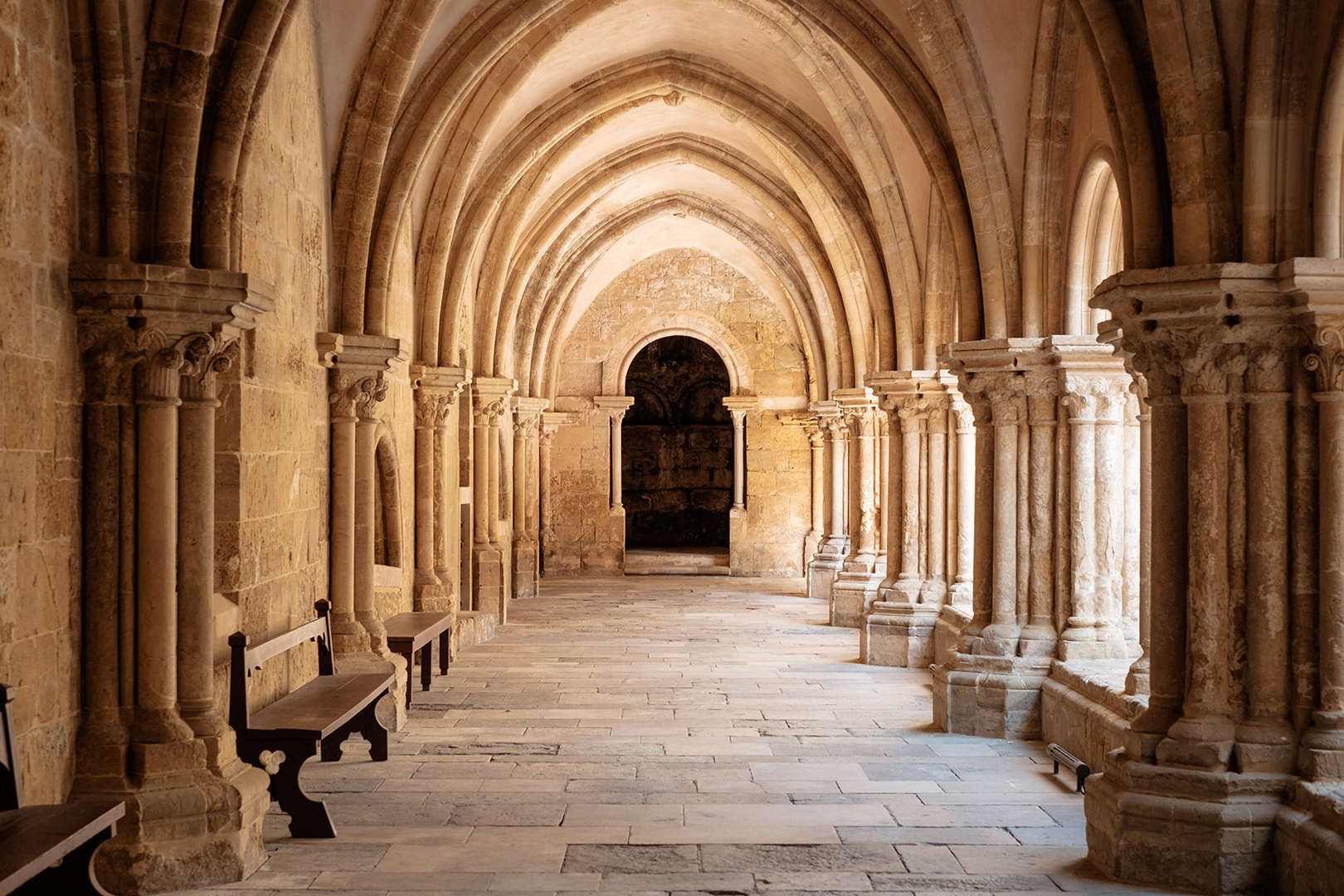
1. Starting Point
The best thing about architectural photography is that it has endless potential, even if you don't have many great buildings around you. From iconic monuments and elegant buildings filled with endless cubicles to cottages and petrol stations, everything has the potential to become a beautiful architectural photograph.
2. Exteriors and Interiors Behave Differently
When photographing architecture, a photographer can focus on capturing exteriors, interiors, or both.
Exteriors are usually done with the aid of available natural light. Some photographers like to include landscape in their exterior photographs to provide context; others prefer to isolate the building (in camera or in post-production).
Interiors can be shot with available light too, or with artificial lighting. When capturing exteriors, special lenses – like Tilt-Shift lenses – might come in handy. These special lenses help correct lines and perspective. Interiors are usually shot using wide-angle lenses to cover more of the room in the frame.
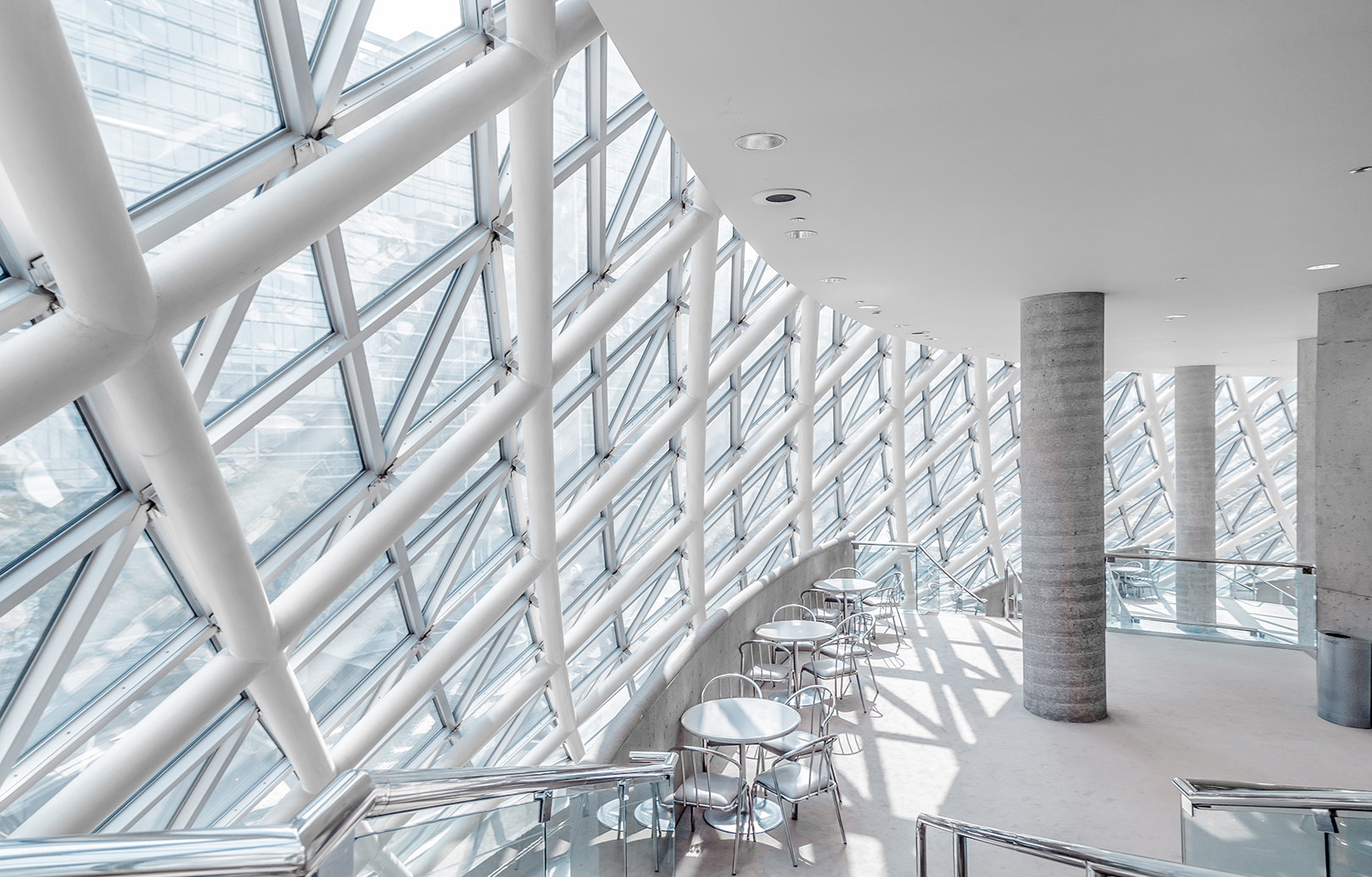
3. Approach
After choosing an architectural subject and deciding if you'd rather go for the exterior or interior (or both), you'll have to consider the type of architecture. Is it historic? Is it modern? What is the history behind it?
These considerations will make your work more meaningful, and you will achieve better results than if you choose to shoot mere snapshots of the building.
4. Light Can Behave In Unpredictable Ways
Buildings are large masses of mixed materials (metal surfaces, glass, bricks, and wood), and light affects them in a way that is hard to control. The best way to deal with this reality is to study the building’s light behavior over time. If you can't do this for time reasons, you'll have to take the picture using the available daylight.
You can also shoot at night, which can produce extremely beautiful results (unlike the majority of landscapes). Many large buildings are lit from within, and if what you are trying to shoot doesn't have it, other surrounding light sources in the city will probably help you out.
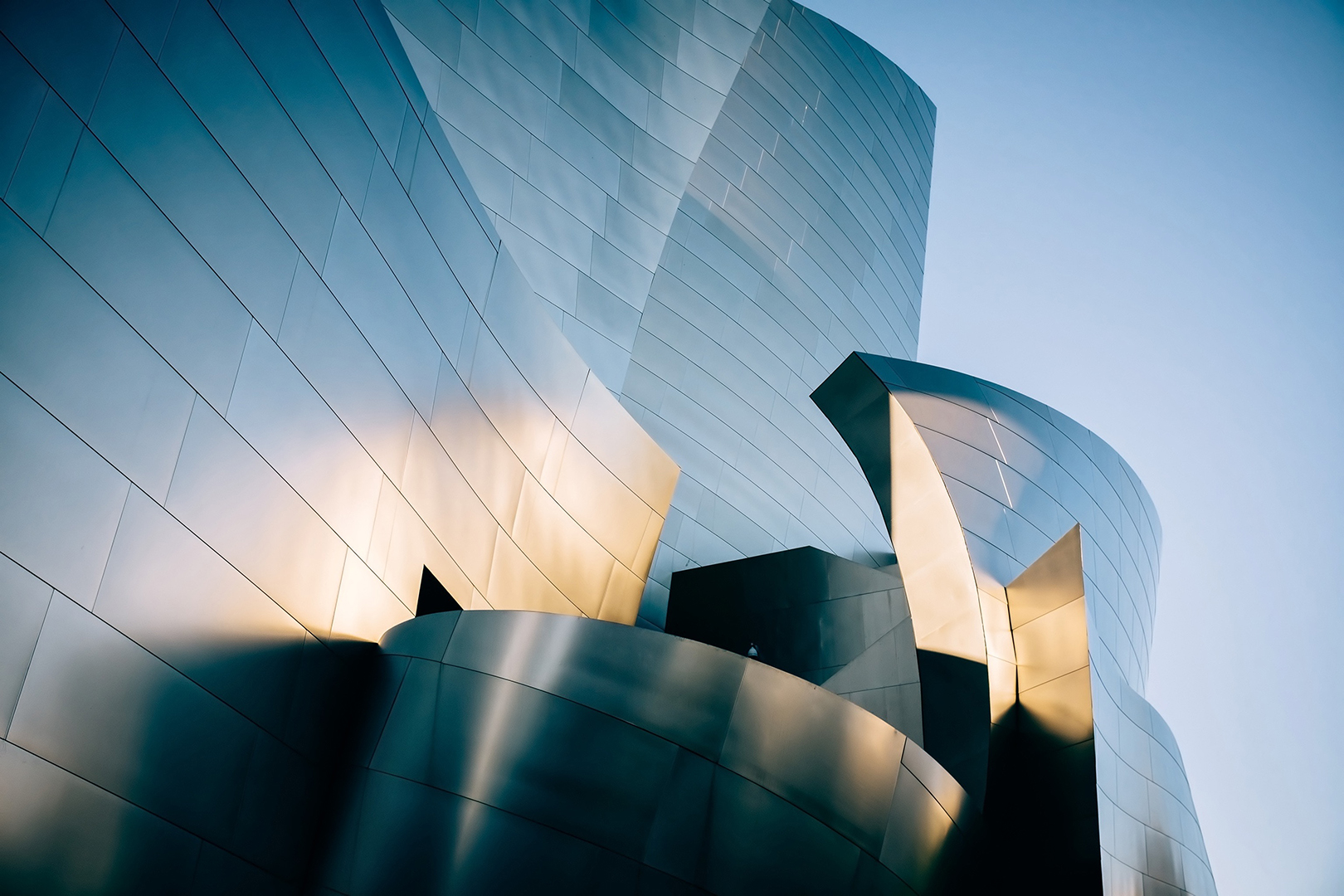
5. Gear
Your gear necessities for all this are pretty straightforward. If you like traveling light and shooting architecture, you might need to sacrifice lightness. The best thing that you can do is to use a tripod and a filter system to realize those magnificent photographs inside your head.
Lens-wise, use wide-angle lenses and perhaps a Tilt-Shift, as we previously discussed. Depending on the building and the country, you might also need to sign some paperwork due to copyright issues. Try to learn this before setting up all your gear to avoid uncomfortable situations.
6. It Is All About The Details
When it comes to details, architecture photography is extremely generous. It allows basically all photographers to approach just one building, and everyone will cover it in unique ways if they all center on capturing details.
That’s one of the most beautiful things about architecture: it allows photographers to capture the whole thing or specific minor details. And if you want to take it a step further, you can also seek out shapes, lines, patterns, silhouettes, textures and some minimal compositions as well.
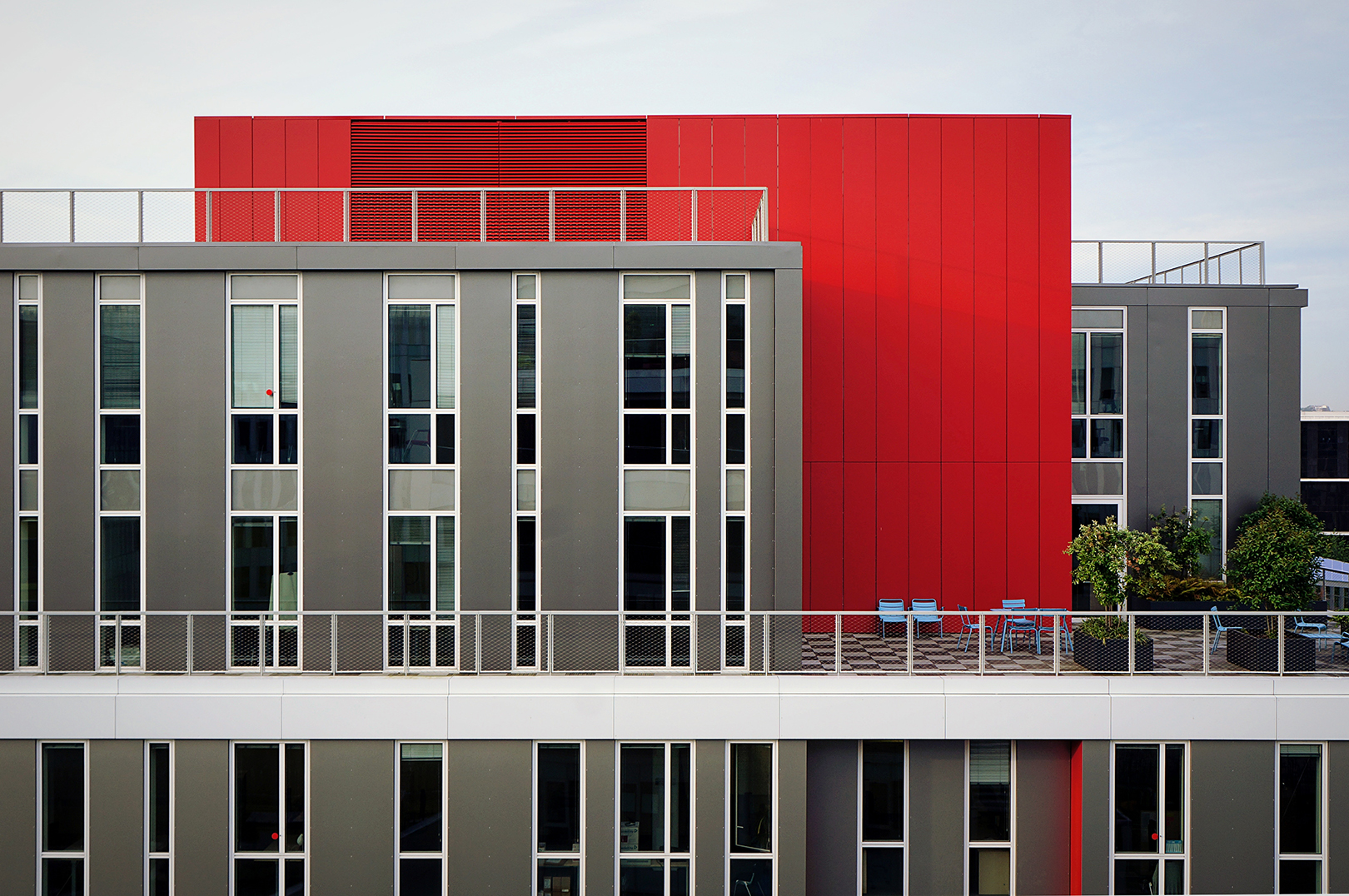
7. Capturing The Whole
Even though architecture offers plenty of options (indoors and details), the Holy Grail is to capture the whole structure in one shot.
One of the largest difficulties here is the get the entire building to fit inside the frame. Getting further away seems like a nice solution, but it’s not always possible to get as far away as you need. The magic of wide-angle lenses will help you out here.
Many photographers get inside other buildings to capture their subjects at a proper height and point of view. All these things will help you avoid converging lines, which create an unpleasant look.
If you’re planning to get serious about architectural photography, seriously consider investing in a Tilt-Shift lens. If you live in a country where you can rent one, it will make sense for you to try one out before buying one, as they tend to be very pricey due to their optical complexity.
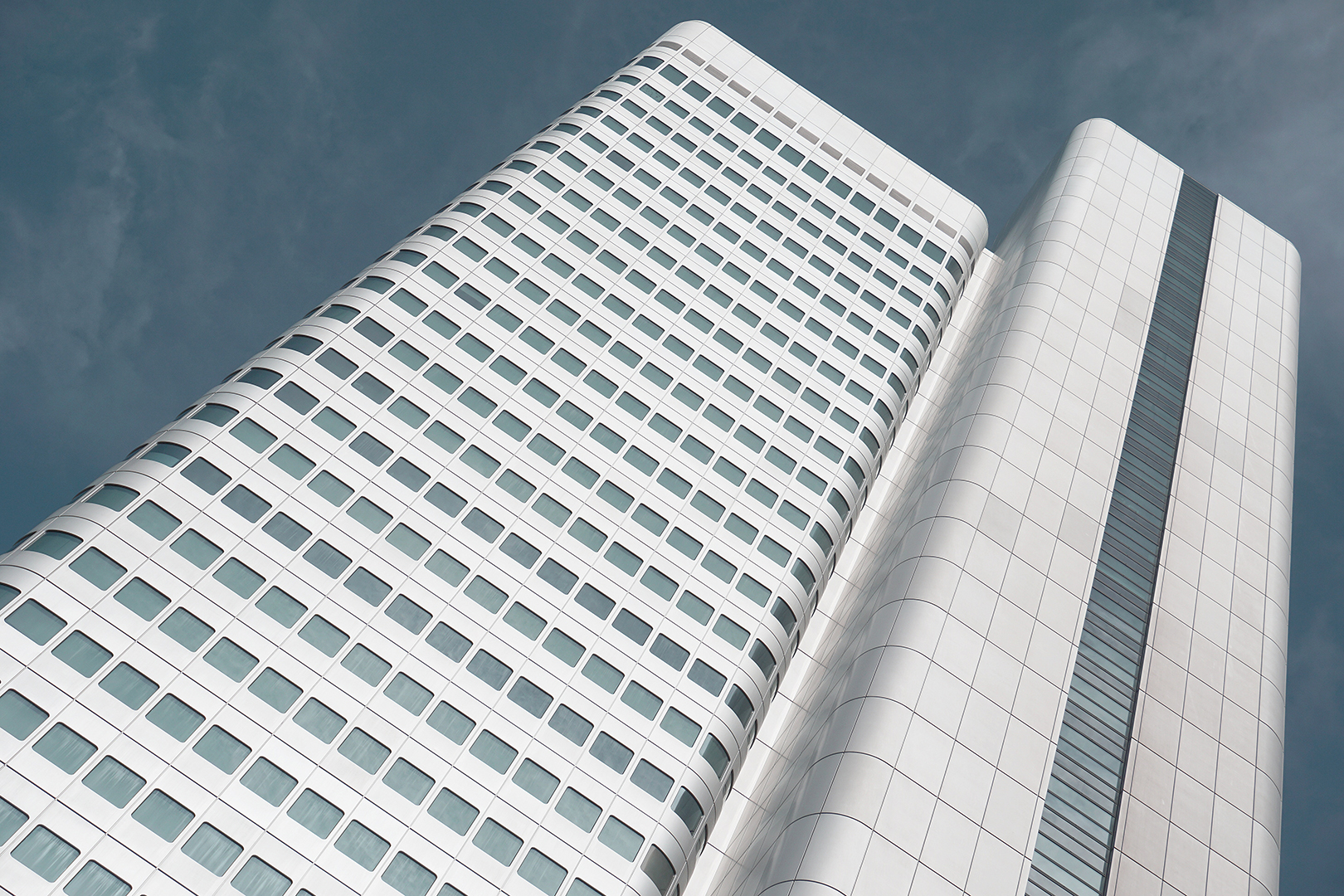
8. Different Points of View
Now let's narrow down the vast possibilities of architecture photography to only famous buildings and monuments.
Almost every one of them has been photographed many times, and the trick is to figure out a different approach.
The best way to do this is by looking a lot of images of these structures. Flickr still is a powerful tool for this. Use it to figure out a creative solution for your photographs.
Even if you’re not into architecture, you are still into photography – so trying architectural photography won't be as odd as medical students taking art classes as a school requirement.
Paying attention to architecture will not only develop the photographer’s eye for composition and aesthetics but also push you to find creative solutions to problems involving space, perspective and light.
Got any tips or would like to share your experience shooting architecture? Please tell us in the comments







1 Comment
Thank you Federico Alegria, your article was really interesting and useful.